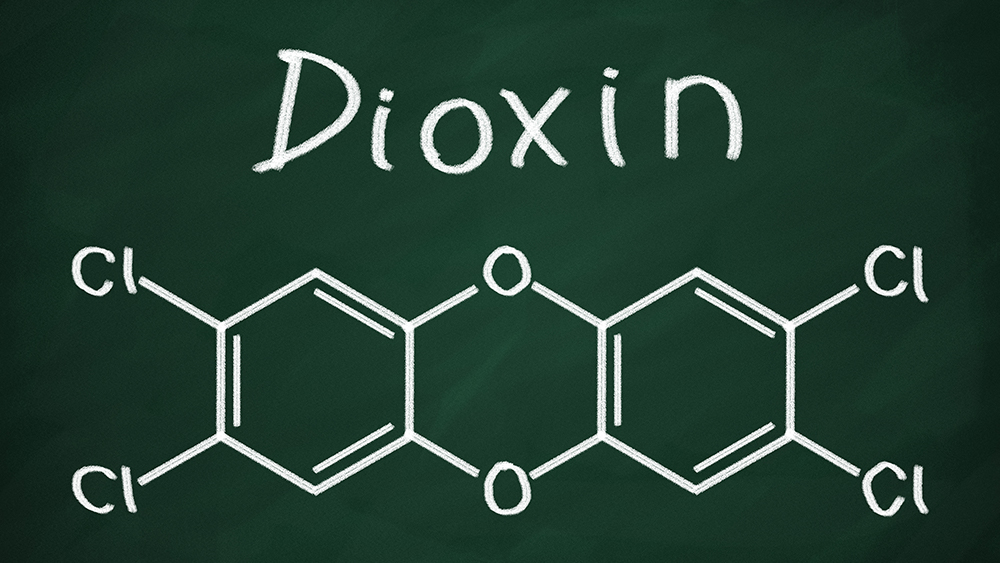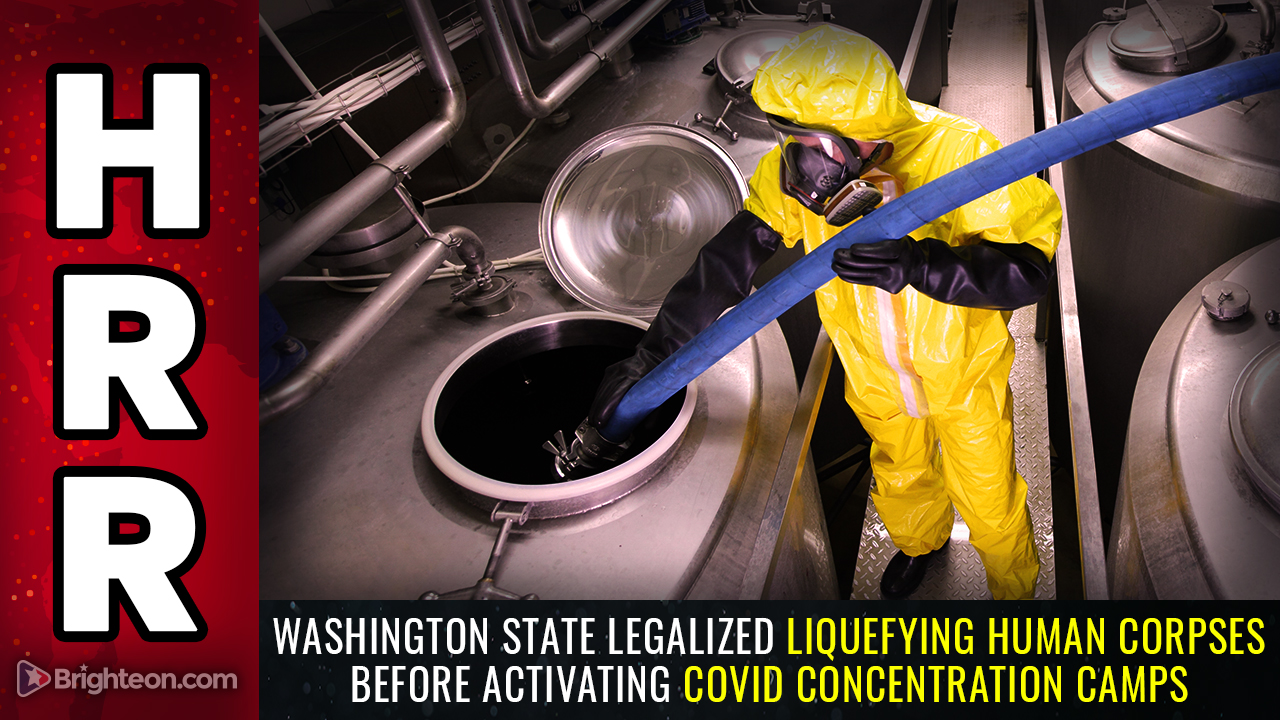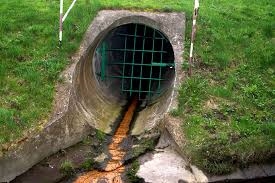
Despite its name, water cremation doesn't actually make use of water. The process entails placing a body into a steel vat containing an alkaline solution composed of 95 percent water and five percent potassium hydroxide or lye. The combination of chemicals, pressure, and heat that reaches 350 degrees Fahrenheit (or 177 degrees Celsius) quicken the rate of decomposition until all that are left behind are bones, sterile water, and any medical implants. The remaining bones are then crushed into ash and returned to the family.
Matter Baskerville, an Illinois-based funeral director whose funeral home utilizes water cremation, has stated that the process leaves behind a finer, softer ash than what is normally produced by flame-based cremation.
According to DailyMail.co.uk, water cremation was first developed as a way to get rid of animal carcasses by processing them into plant food. It remained this way until the 1990s when two researchers at Albany Medical College in New York began disposing of lab animals through alkaline hydrolysis. These researchers then became involved with a company called WR2 that constructed the first water cremation machine that could handle a human body. The first known use of the machine was in 2006 in the Mayo Clinic's anatomical bequest program in Rochester, Minnesota.
Proponents of water cremation have touted it as a green alternative to standard cremations and burials amid growing concerns over the carbon footprints of these methods. For one, the use of energy to heat and cool the lye is said to emit 80 percent less carbon dioxide than flame cremations that burn natural gas. Water cremation also leaves behind inorganic materials like tooth fillings and pacemakers, which could ease the fears of toxic chemicals polluting the environment. (Related: California may legalize “liquid cremation” in bizarre attempt to fight global warming.)
Moreover, the roiling lye has been said to sterilize organic materials, break down toxic chemicals, and reduce the risk of disease spreading. Joe Wilson, CEO of alkaline hydrolysis systems manufacturer Bio-Response Solutions, told ScientificAmerican.com: “It’s hot as hell in there, and alkali is a powerful sterilant at temperature. Even the hardiest pathogen, an anthrax spore, is easily killed.”
The new law will require funeral homes to apply for permits from their local water authorities before they can offer water cremation as an option. These permits will allow the funeral homes to send the remains into the sewage system on-site. Alternatively, the funerals homes could partner up with companies experienced in handling and disposing biological waste. These came as responses to concerns over the high pH levels involved in water cremation, as the pH of the discharged wastes goes above 11.
While some people have approached the idea of water cremation with trepidation, others have embraced it as a huge and positive change in cremation. Todd Gloria, the California assemblyman who wrote the bill, is one of them. Gloria has stated that he hopes water cremation will become the new norm, and is taking the necessary steps to do so. “I plan to be cremated. It would be poetic if I could take advantage of my own bill,” said Gloria.
Find more coverage of weird science at WeirdScienceNews.com.
Fast facts about cremation
- In 2012, Nevada had the highest cremation rate at 74.2 percent. In contrast, Mississippi's cremation rate was at 16.9 percent.
- The act of scattering ashes in different locations at different times is known as “wildcat scattering”, a practice that is prohibited but popular in Central Park and Disneyland.
- Ashes can be scattered at national parks, at sea, and by air. However, there are strict regulations for each one. For example, national parks require permits for scattering remains. Scattering remains by ship or by plane over sea, meanwhile, needs to be reported to the United States Environmental Protection Agency (EPA) within 30 days.
Sources include:
Please contact us for more information.























